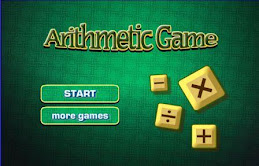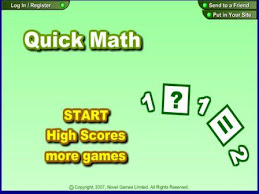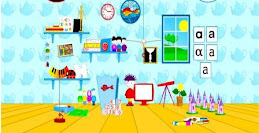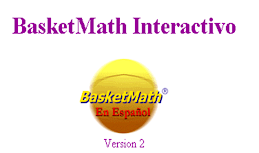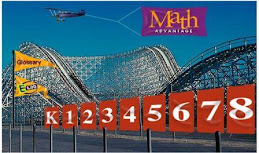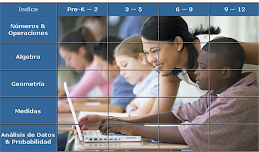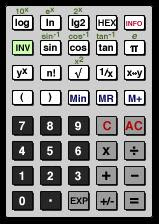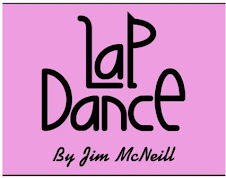sábado, 2 de marzo de 2013
How teachers are using the Internet?

OVERVIEW
Teachers Report 'Major Impact' of Internet on Learning
A survey of teachers who instruct American middle and
secondary school students finds that digital technologies have become central
to their teaching and professionalization. At the same time, the internet,
mobile phones, and social media have brought new challenges to teachers, and
they report striking differences in access to the latest digital technologies
between lower and higher income students and school districts.
Asked about the impact of the internet and digital
tools in their role as middle and high school educators, these teachers say the
following about the overall impact on their teaching and their classroom work:
·
92%
of these teachers say the internet has a “major impact” on their ability to
access content, resources, and materials for their teaching
·
69%
say the internet has a “major impact” on their ability to share ideas with
other teachers
·
67%
say the internet has a “major impact” on their ability to interact with parents
and 57% say it has had such an impact on enabling their interaction with
students
The survey finds that digital tools are widely used in
classrooms and assignments, and a majority of these teachers are satisfied with
the support and resources they receive from their school in this area. However,
it also indicates that teachers of the lowest income students face more
challenges in bringing these tools to their classrooms:
·
Mobile
technology has become central to the learning process, with 73% of AP and NWP
teachers saying that they and/or their students use their cell phones in the
classroom or to complete assignments
·
More
than four in ten teachers report the use of e-readers (45%) and tablet
computers (43%) in their classrooms or to complete assignments
·
62%
say their school does a “good job” supporting teachers’ efforts to bring
digital tools into the learning process, and 68% say their school provides
formal training in this area
·
Teachers
of low income students, however, are much less likely than teachers of the
highest income students to use tablet computers (37% v. 56%) or e-readers (41%
v. 55%) in their classrooms and assignments
·
Similarly,
just over half (52%) of teachers of upper and upper-middle income students say
their students use cell phones to look up information in class, compared with
35% of teachers of the lowest income students
·
Just
15% of AP and NWP teachers whose students are from upper income households say
their school is “behind the curve” in effectively using digital tools in the
learning process; 39% who teach students from low income households describe
their school as “behind the curve”
·
70%
of teachers of the highest income students say their school does a “good job”
providing the resources needed to bring digital tools into the classroom; the
same is true of 50% of teachers working in low income areas
·
Teachers
of the lowest income students are more than twice as likely as teachers of the
highest income students (56% v. 21%) to say that students’ lack of access to
digital technologies is a “major challenge” to incorporating more digital tools
into their teaching
ABOUT THE SURVEY
These are among the main findings of an online survey
of a non-probability sample of 2,462 middle and high school teachers currently
teaching in the U.S., Puerto Rico and the U.S. Virgin Islands, conducted
between March 7 and April 23, 2012. Some 1,750 of the teachers are drawn
from a sample of advanced placement (AP) high school teachers, while the
remaining 712 are from a sample of National Writing Project teachers.
Survey findings are complemented by insights from a series of online and
in-person focus groups with middle and high school teachers and students in
grades 9-12, conducted between November, 2011 and February, 2012.
Data
collection was conducted in two phases. In phase one, Pew Internet
conducted two online and one in-person focus group
with middle and high school teachers; focus group participants included
Advanced Placement (AP) teachers, teachers who had participated in the National
Writing Project’s Summer Institute (NWP), as well as teachers at a College
Board school in the Northeast U.S. Two in-person focus groups were also
conducted with students in grades 9-12 from the same College Board
school. The goal of these discussions was to hear teachers and
students talk about, in their own words, the different ways they feel digital
technologies such as the internet, search engines, social media, and cell
phones are shaping students’ research and writing habits and skills.
Teachers were asked to speak in depth about teaching research and writing to
middle and high school students today, the challenges they encounter, and how
they incorporate digital technologies into their classrooms and
assignments.
domingo, 24 de febrero de 2013
Suscribirse a:
Comentarios (Atom)


































